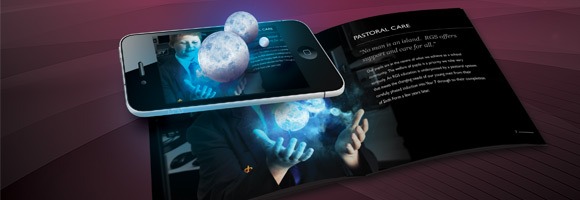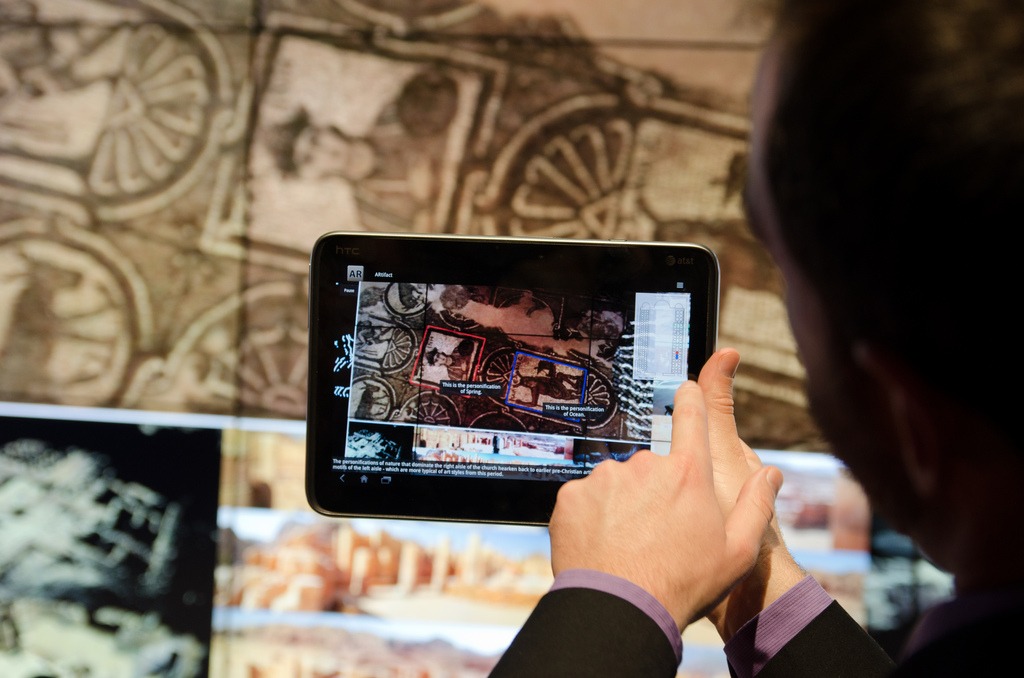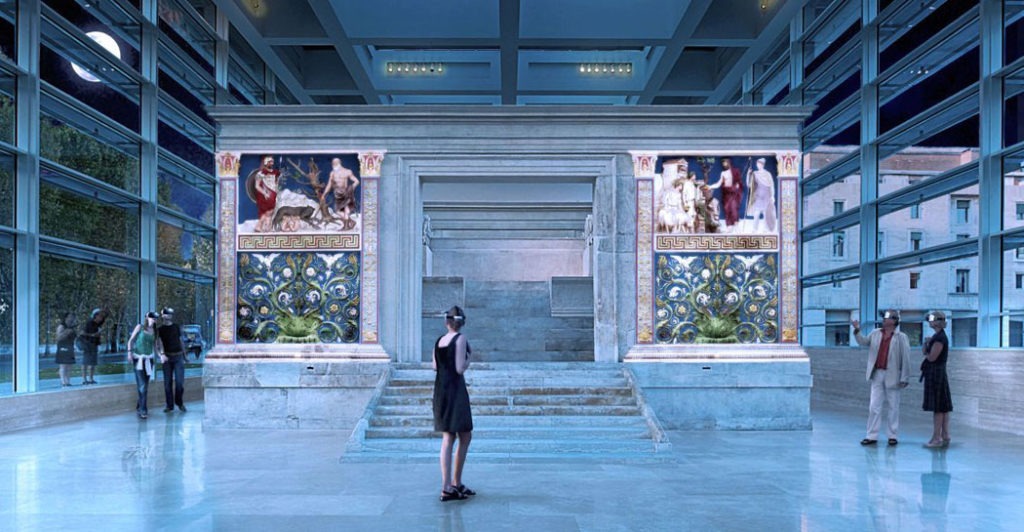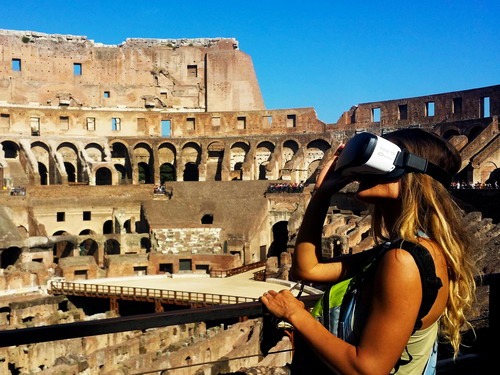



Augmented Reality in the cultural sector
Augmented Reality can be described having several features.
It is useful, easing our ordinary tasks.
It is professional, helping big and small enterprises to improve the image and the quality of their products.
It is fun and dynamic, thanks to the AR games that push players leaving their bedrooms. Can AR be also educative? Absolutely, in cultural sector, for example.


CULTURAL SECTOR: AR AT SCHOOLS
It is the opinion of many that adding interactivity to a classroom learning experience always enhances student engagement. If enabled to manipulate objects and interact with the subject in unconventional ways, the understanding results deeper and further exploration is stimulated.
AR can be used for a variety of topics in many ways, from complex to simple formats.
In history classes, usually the most difficult to bear, teachers could actually show how the D-Day have impacted WWII. It could be also developed some expansions, showing the possible alterations of the history line if those landmark events had occurred differently. Then, AR in cultural sector would practically work as a time machine and bring the students back to the past.
AR could also be integrated into scientific subjects. Supporting videos could be projected in the teacher’s background related to certain pages of the book. Image how easier would be understanding maths graphs or physics problems, especially because students would have access to them also back home.
Teachers may also take advantage of AR technologies in social studies. Students may play the roles of voters, tax payers, mayors, the prime ministers and much more. All topics that little citizens feel detached with them and often end up by disregarding. AR could be the best tool to reverse this trend and let the society be more participant to the socio-political life.
For further applications, students can be part of the learning process. They could integrate their works, projects and similar through online content that appear on the schools corridors as floating windows.
By recording themselves in a brief video, scholars may attach their personal reviews to the book they just read. Some could also provide their own definitions to different vocabulary words or how they would use it into a sentence. Others could add suggestions to how approach the subject and so on.i


AR IN MUSEUMS
Dusty museums suddenly become even more interesting: this is the core of AR in cultural sector.
Forget about the boring descriptions of artefacts attached to the wall or the old objects that look all the same at your eyes. AR turns the old-fashioned concept of visiting museum upside down. Prepare to be chased by a Tyrannosaurus Rex, fight the Carthaginians side by side with the Roman Empire and live in first person the day in which Italy became a Republic.
Beyond the foreign museums I have already mentioned in the article on the various AR applications, also Italy is finding its way of implementing AR into the cultural experience.
L’Ara Pacis, one of the most important masterpieces of the Roman art, proposed a new itinerary called The Ara As It Was. In short, visitors can admire the altar in its original colours. But the colour is not the only integration. People have also the chance to assist to the reproduction of a sacrifice remaining at the centre of the scene, being completely immersed into the experience.


Palatino Plus is the name of the project that involves the Capitoline archaeological site. Thanks to AR, visitors can really admire the treasures of the Roman period and how the old forum looked like during its goldest years. The project also gives the chance to visit closed-to-the-public areas that are usually accessible only by guided tours.


AR application into the cultural sector is not only rewarding regarding the people’s learning experience but it is worth for the State pockets. Indeed, stimulating the general curiosity creates great revenues, especially regarding the tourists fluxes.